We don’t usually think of plants as the combative type, but make no mistake—some of them are locked in long-standing feuds with specific animals.
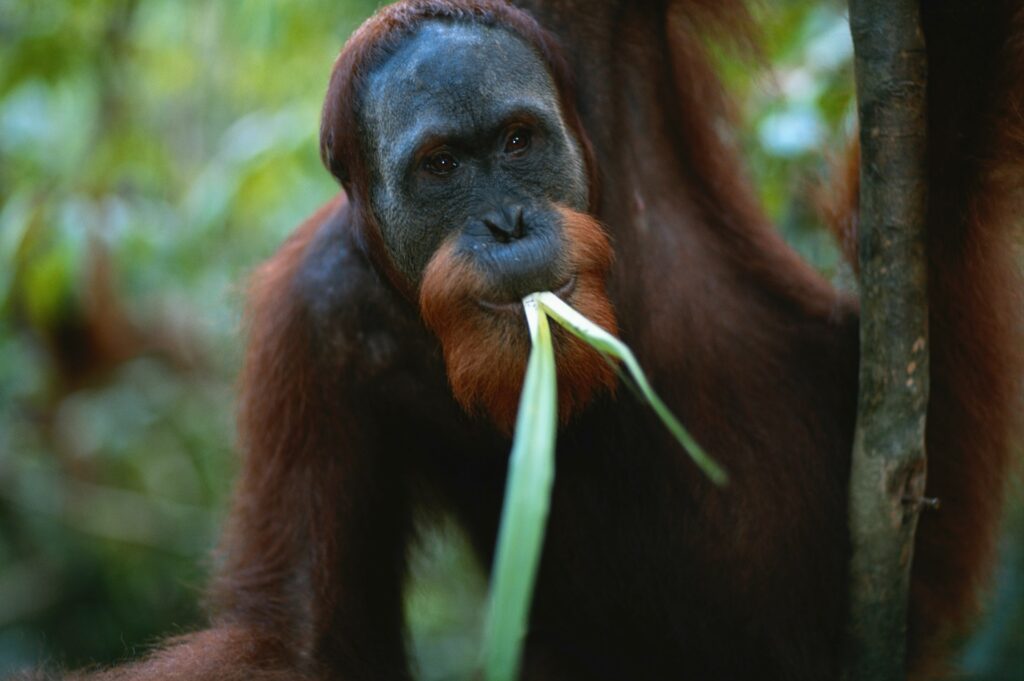
Whether it’s through cunning defences, chemical warfare, or sneaky traps, these plants have evolved with one goal in mind: stop certain creatures from eating, trampling, or parasitising them ever again. And in some cases, the level of detail involved in this battle is almost spiteful. Here are 12 plants that aren’t just surviving—they’re actively fighting back against particular species that messed with them a little too hard.
1. The acacia vs giraffes
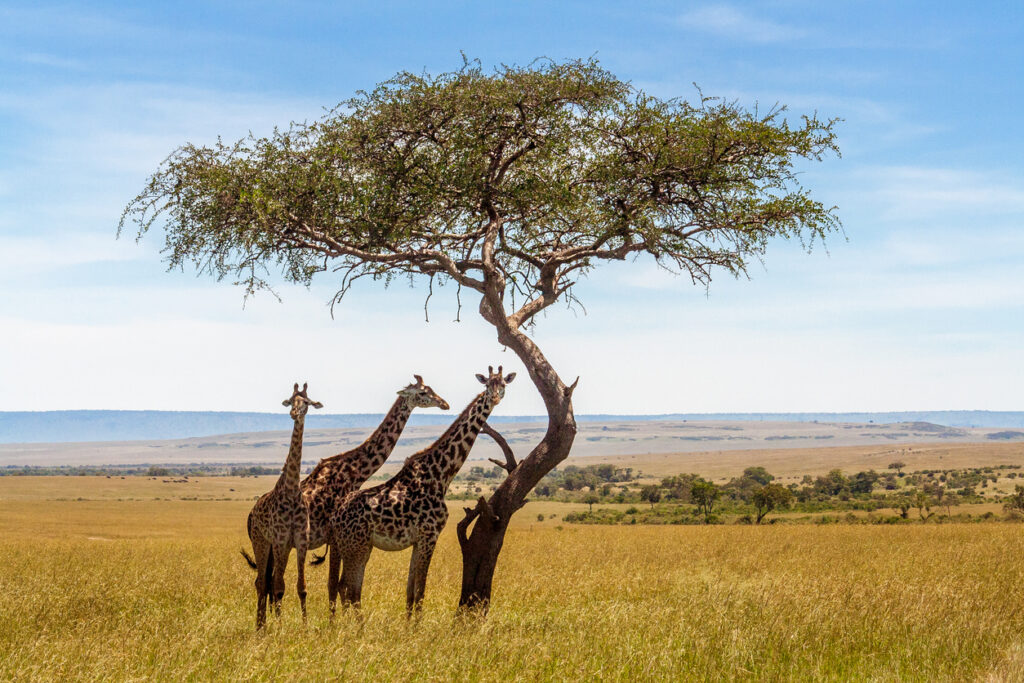
Certain species of African acacia trees have developed a smart, sneaky way to deal with giraffes. When a giraffe starts munching on their leaves, the tree releases ethylene gas into the air—a chemical signal that warns nearby acacias to start pumping tannins into their leaves. The tannins make the leaves taste bitter and can even upset a giraffe’s digestion if they keep eating.
Even more ruthless? Some acacias also grow vicious thorns and house stinging ants inside hollow branches. So not only does the tree chemically ruin lunch, it also sends in an ant army to bite the giraffe’s tongue and face. It’s a full-on anti-giraffe strategy that’s been fine-tuned over time.
2. The milkweed vs monarch caterpillars
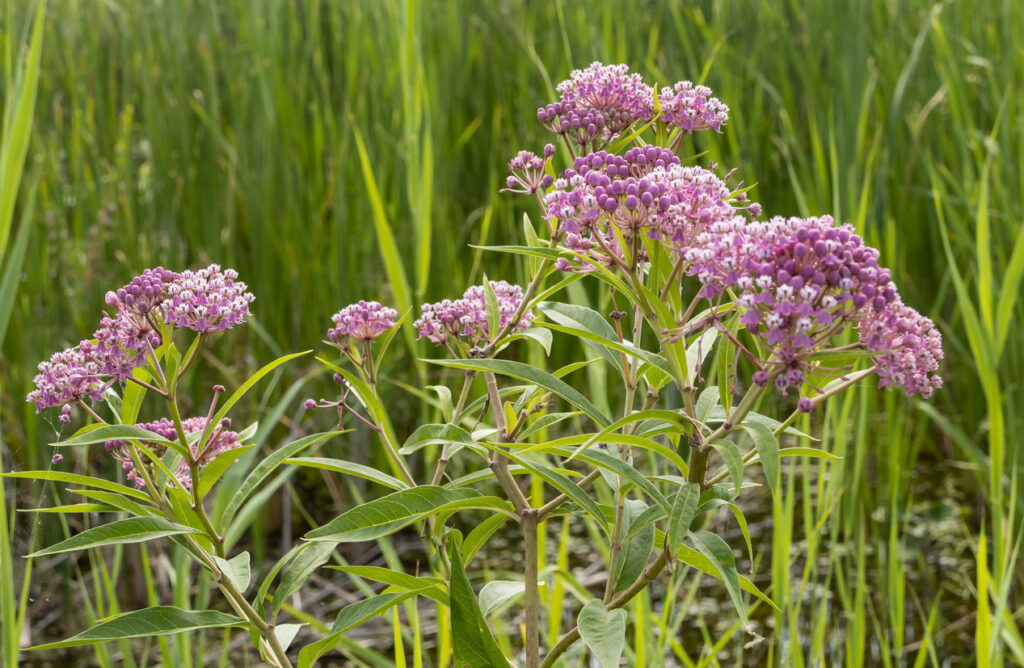
Milkweed and monarch butterflies are in a strange, codependent war. Monarch caterpillars rely on milkweed to survive—but milkweed doesn’t make it easy. These plants produce sticky latex sap that can trap and kill tiny caterpillars who bite in without a plan.
Some milkweeds even change the structure of their leaves or ramp up cardenolide toxins if they detect too much munching. Monarchs have adapted ways to avoid these tricks, like snipping veins to drain sap before eating. It’s less of a ceasefire and more of an arms race, with milkweed refusing to surrender quietly.
3. The passionflower vs butterfly freeloaders
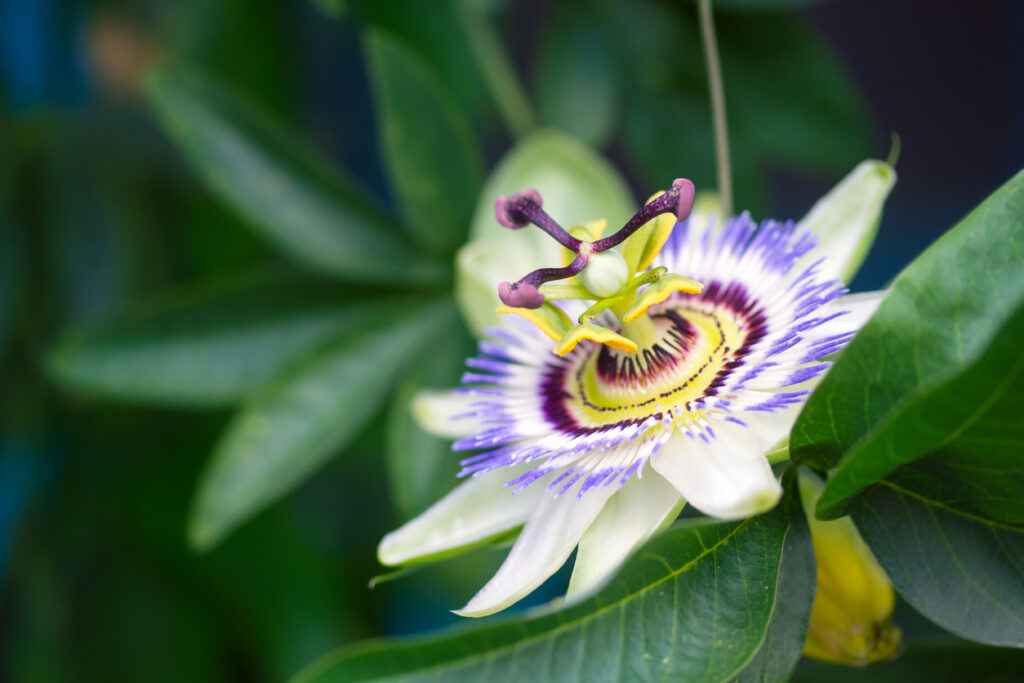
Passionflowers have declared war on a different kind of pest—female butterflies looking for places to lay eggs. To throw them off, some passionflowers grow fake yellow ‘egg spots’ on their leaves. Butterflies avoid laying where there are already eggs, so they fly on, assuming it’s taken.
This bluff works surprisingly well. By tricking the butterflies into thinking the plant is already claimed, the passionflower avoids an infestation of hungry caterpillars later on. It’s passive-aggressive plant parenting at its finest.
4. The tobacco plant vs caterpillars
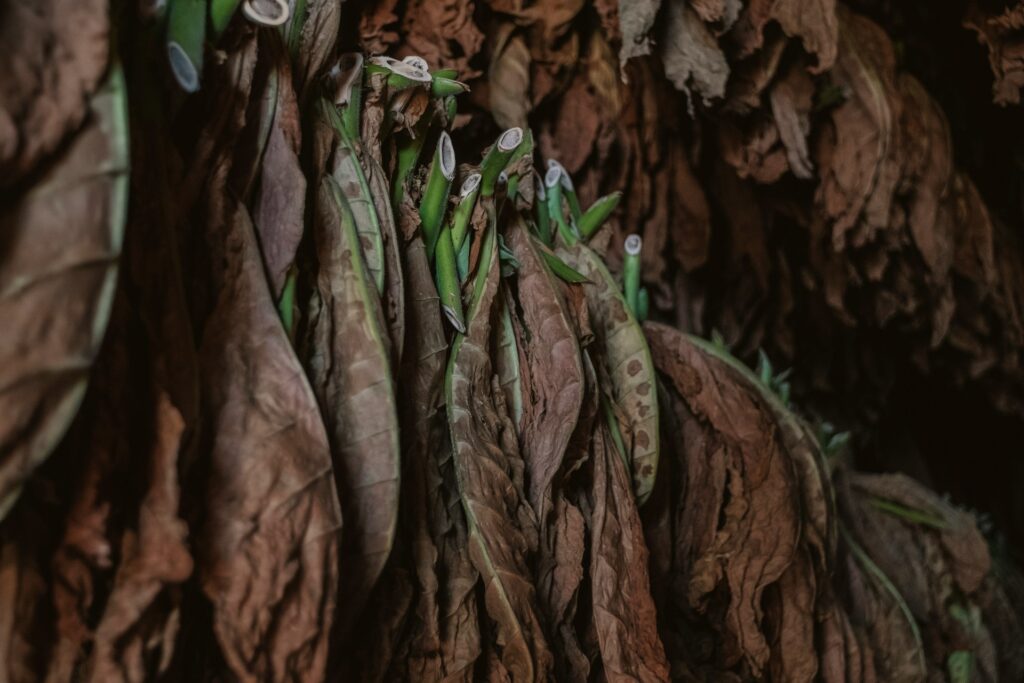
Wild tobacco plants don’t mess around when it comes to defending themselves. When attacked by caterpillars, they release chemicals that attract the caterpillar’s natural predators—like parasitic wasps. These wasps then swoop in and lay eggs inside the caterpillars, turning them into zombie husks.
It’s an outsourced form of revenge. Instead of relying on thorns or toxins alone, the plant enlists body-snatching insects to do the dirty work. The message is clear: eat me, and I’ll make sure something eats you.
5. The sandbox tree vs large mammals
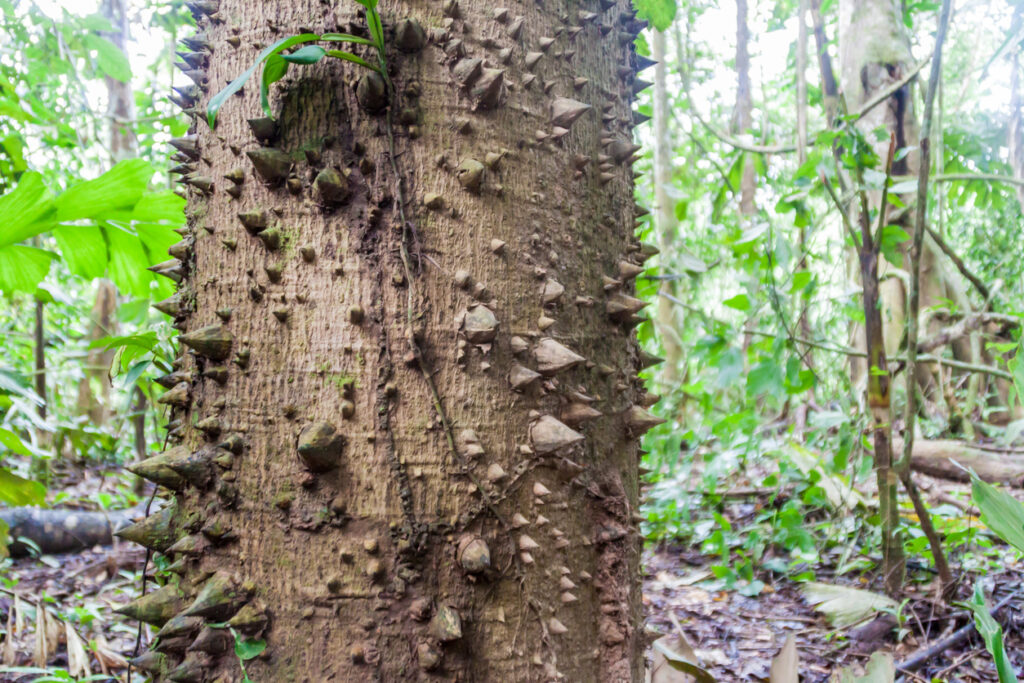
The sandbox tree looks like something out of a cartoon villain’s lair. It’s covered in sharp, poisonous spines and produces explosive seed pods that can launch seeds at over 150 miles per hour. But what’s most interesting is how it targets large animals.
In its native range, the tree’s defences are aimed at stopping monkeys and other mammals from climbing or feeding on it. The sap is so toxic it can cause severe skin inflammation, and the spikes are brutal enough to keep most big creatures at bay. It’s not just defensive—it’s aggressively unwelcoming.
6. The cassowary plum vs non-cassowary animals
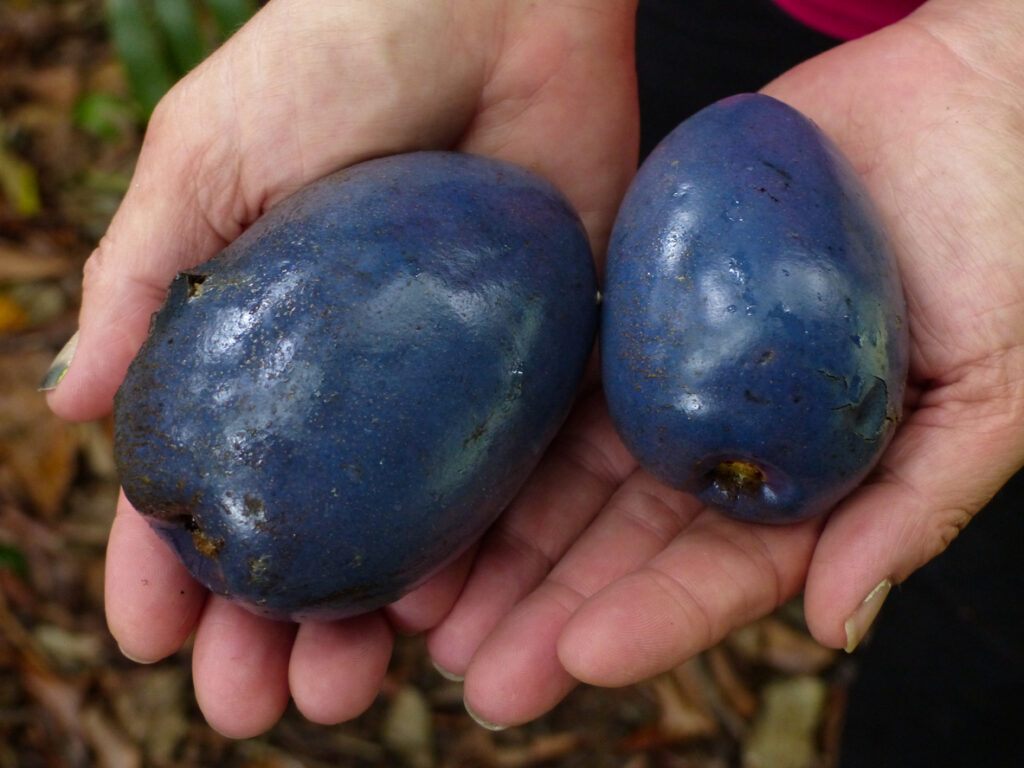
This tropical fruit is a one-bird show. The cassowary plum is specifically evolved to be eaten by—you guessed it—cassowaries. The fruit is toxic to most other animals, including humans, but cassowaries gobble it up with no issue and spread the seeds through their droppings.
This exclusive relationship works well for the tree and the bird. But it also means the plant has basically declared “no entry” to everyone else. If you’re not a cassowary, don’t bother trying your luck with this plum. It will not end well.
7. The stinging nettle vs herbivores
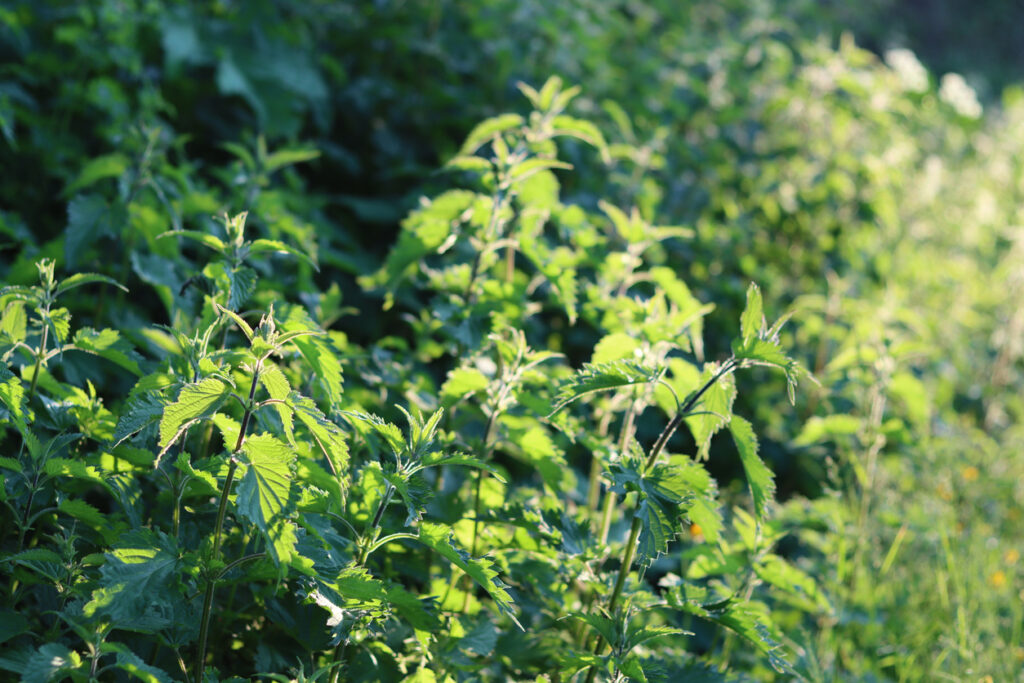
Stinging nettles are the kind of plant you only mess with once. Their fine hairs inject a chemical cocktail of histamine, formic acid, and other irritants that cause a painful, burning sting. This is mostly aimed at grazing animals who might be tempted to chomp through the greenery.
Interestingly, some insects—like certain caterpillars—aren’t fazed by the sting at all. But large mammals definitely get the message. It’s a botanical “do not touch” sign that works incredibly well for keeping plant-munchers at a distance.
8. The bracken fern vs everything
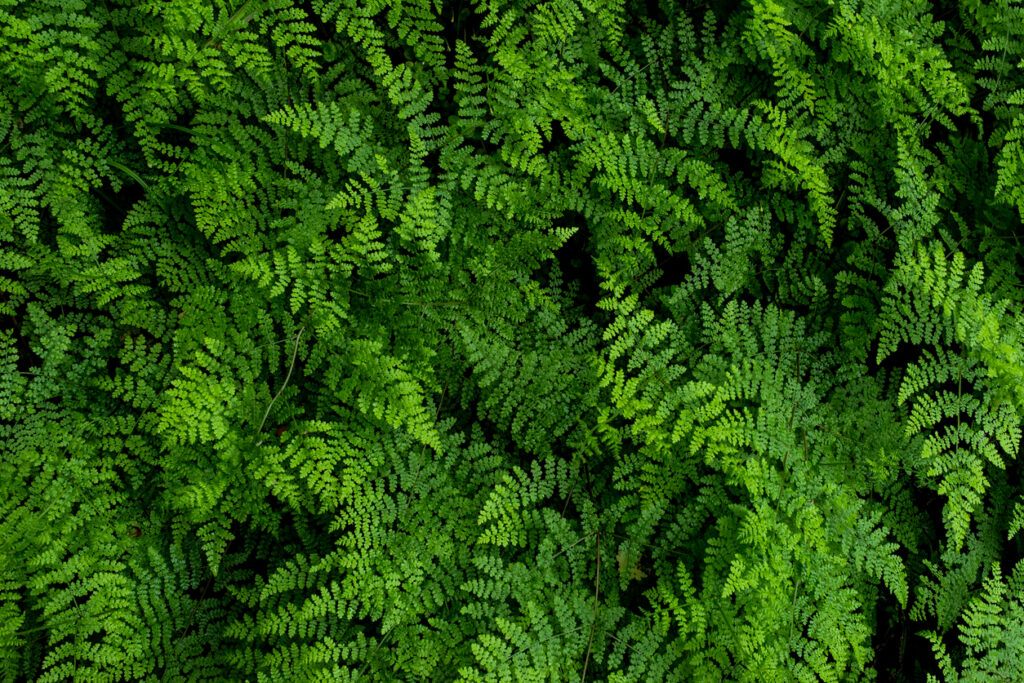
Bracken ferns are one of the most widespread plants in the world, and they’ve stayed dominant by being toxic to almost everything. They produce a chemical called ptaquiloside, which is carcinogenic and harmful to many grazing animals, including cows and sheep.
Animals that eat too much bracken can suffer from serious illnesses, and the plant isn’t easily discouraged once it takes over an area. It doesn’t just dislike a species—it seems to resent the entire animal kingdom.
9. The cow parsnip vs curious foragers
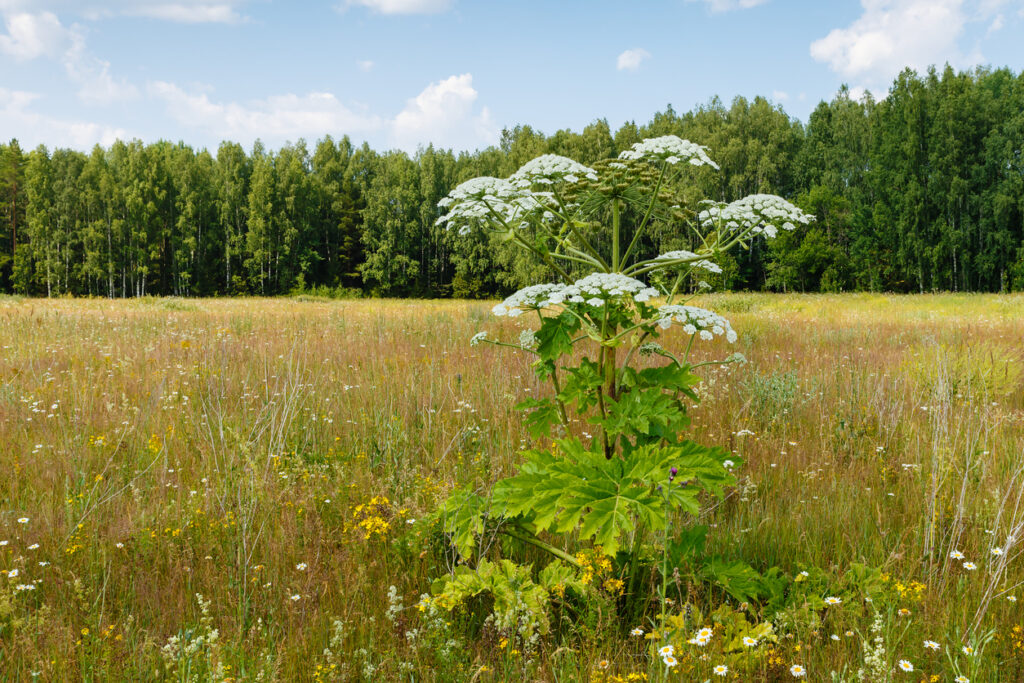
This giant plant looks harmless at first glance, but its sap contains furanocoumarins—compounds that can cause severe burns when activated by sunlight. This reaction, known as phytophotodermatitis, can leave long-lasting scars on skin. It’s a brutal deterrent, aimed especially at mammals that might brush up against it or try to eat it. While not targeting one species specifically, it’s definitely a message to all foragers: eat elsewhere or suffer the consequences.
10. The jatropha plant vs insects
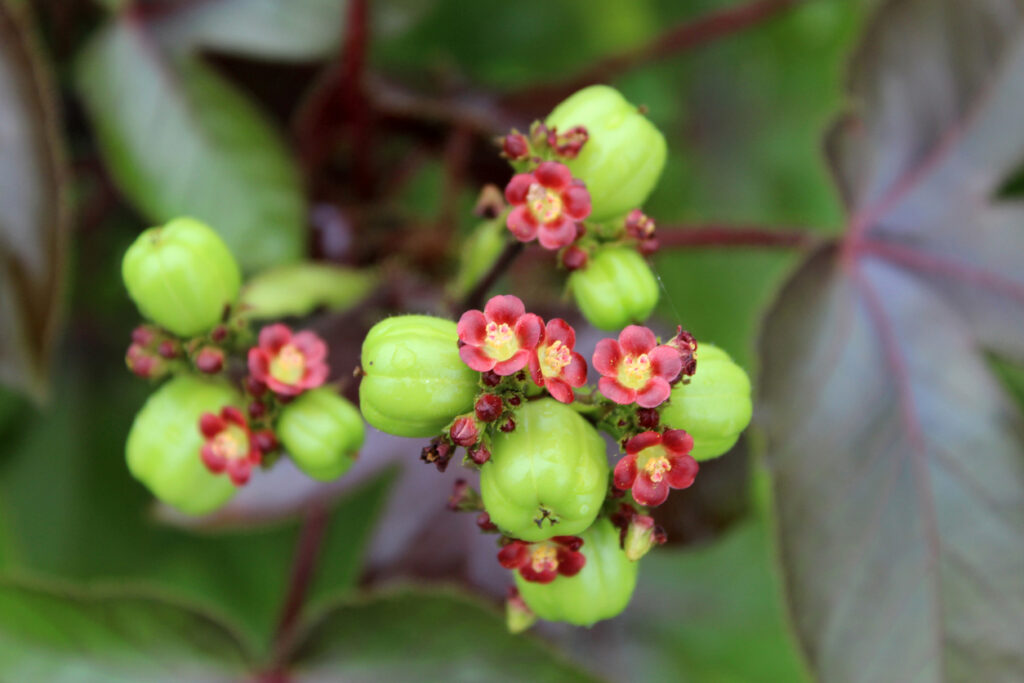
Jatropha, also known as the physic nut, produces a sap that’s toxic to insects, animals, and even humans. It’s particularly nasty for pests like beetles, which are often repelled or poisoned by its compounds before they can do real damage. This all-in-one defence helps the plant thrive in tough environments, where pest pressure is high. Jatropha isn’t picky—it just wants everyone to stay away unless they’re pollinators. And even then, it keeps the welcome mat rolled halfway in.
11. The sensitive plant vs curious animals
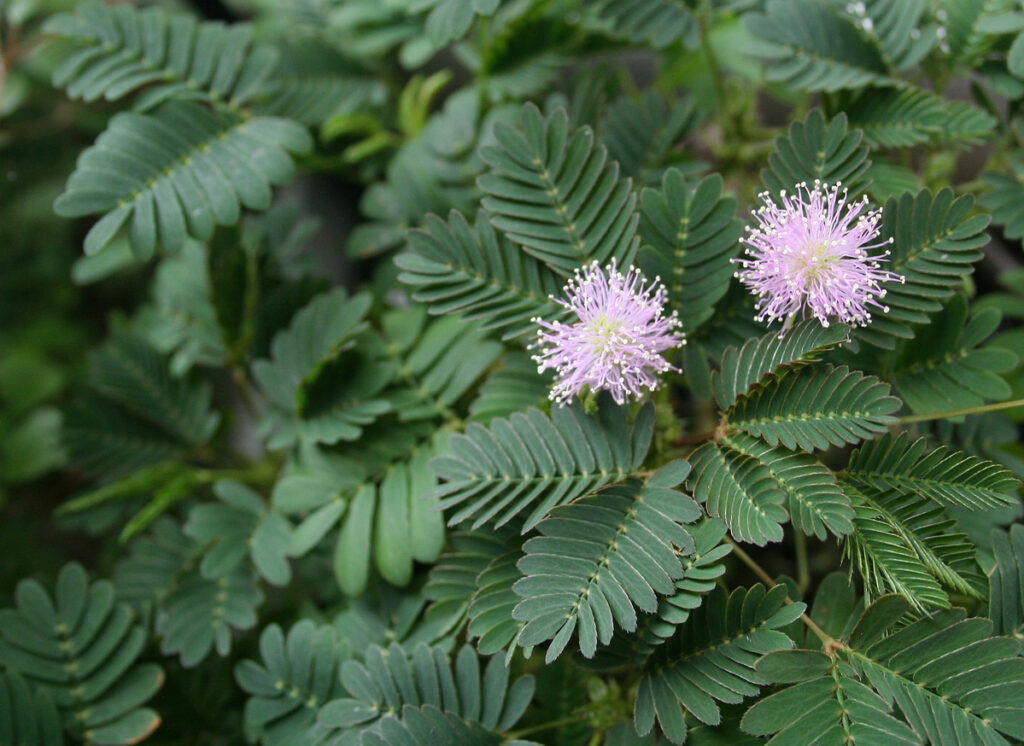
Mimosa pudica, or the “sensitive plant,” doesn’t sting or poison, but it does flinch. When touched, its leaves fold up dramatically, a move designed to startle herbivores or make the plant look less appetising. This sudden movement can spook grazing animals or make them think the plant is diseased. It’s more performance art than violence, but it’s surprisingly effective at keeping unwanted nibblers away.
12. The manchineel tree vs literally everyone
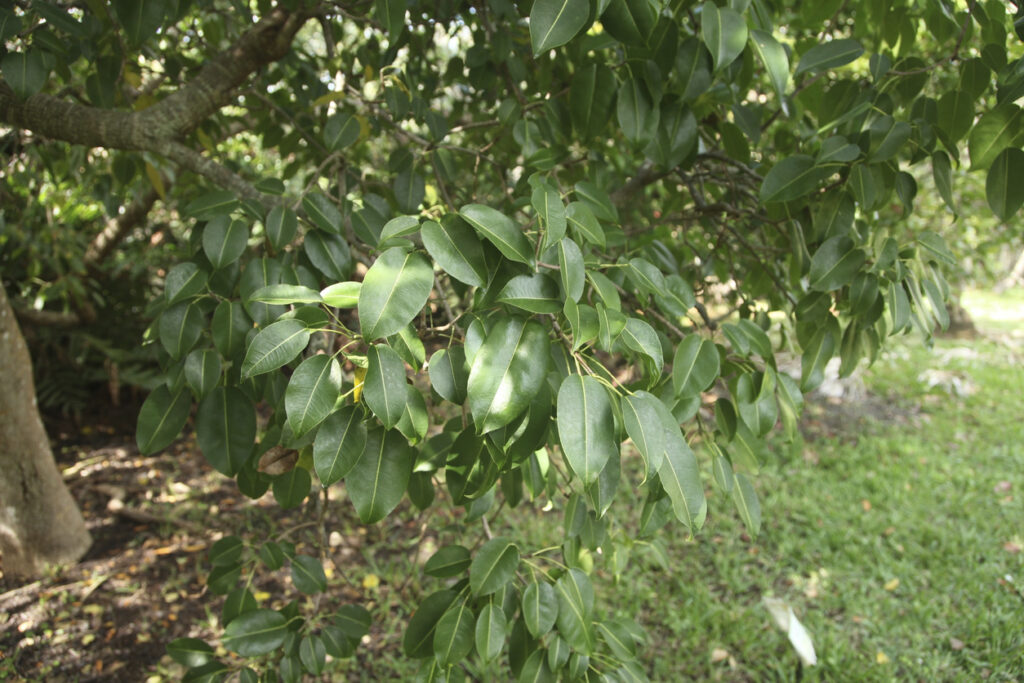
The manchineel tree is so deadly it’s nicknamed “the tree of death.” Its sap causes skin blistering, its fruit is highly toxic, and even standing beneath it during rain can result in chemical burns. It’s not targeting one species—it’s waging war on everything with a pulse. From birds to humans to insects, the manchineel makes it clear that it’s not here to be friends. It’s an extreme example of how far some plants will go when they’ve had enough of being eaten, climbed, or touched.